Nature Knows and Psionic Success
God provides
Mind Control Breakthrough: Caltech’s Pioneering Ultrasound Brain–Machine Interface
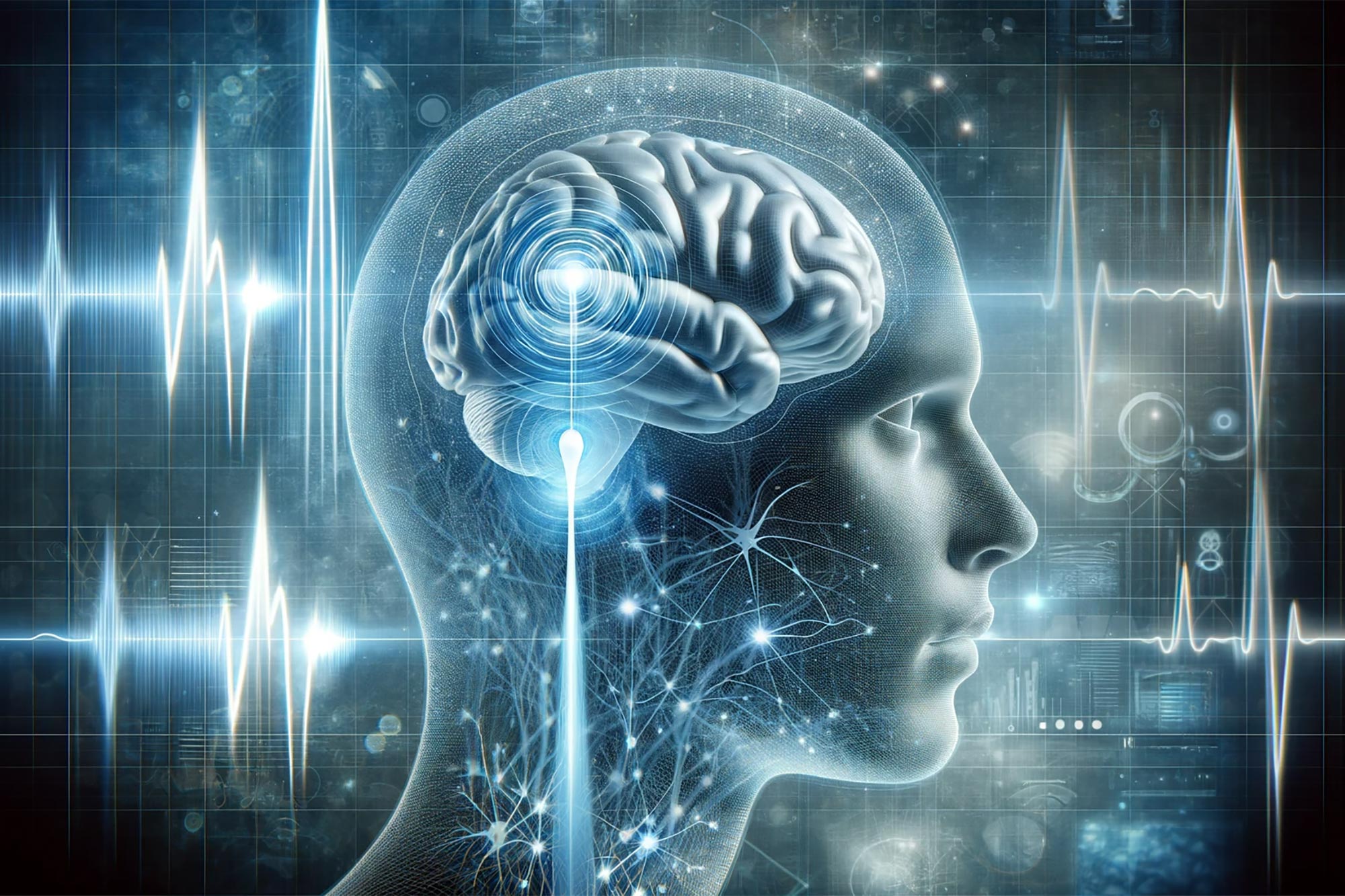
The latest advancements in Brain-Machine Interfaces feature functional ultrasound (fUS), a non-invasive technique for reading brain activity. This innovation has shown promising results in controlling devices with minimal delay and without the need for frequent recalibration. Credit: SciTechDaily.com Functional ultrasound (fUS) marks a significant…
New brain-like transistor mimics human intelligence
Taking inspiration from the human brain, researchers have developed a new synaptic transistor capable of higher-level thinking. Designed by researchers at Northwestern University, Boston College and the Massachusetts Institute of Technology (MIT), the device simultaneously processes and stores information just like the human brain….
There’s a ‘Wave of Death’ in Every Human Brain. Scientists Are Scrambling to Stop It.

Working to Stave Off Brain’s ‘Wave of Death’Ioannis Tsotras – Getty Images Researchers studying the brain’s final moments have gained new insight into the “wave of death” that occurs before a brain’s activity fully flatlines. When neural activity stops, it doesn’t stop abruptly, but…
Brainoware: A breakthrough AI approach using brain organoids for advanced computation
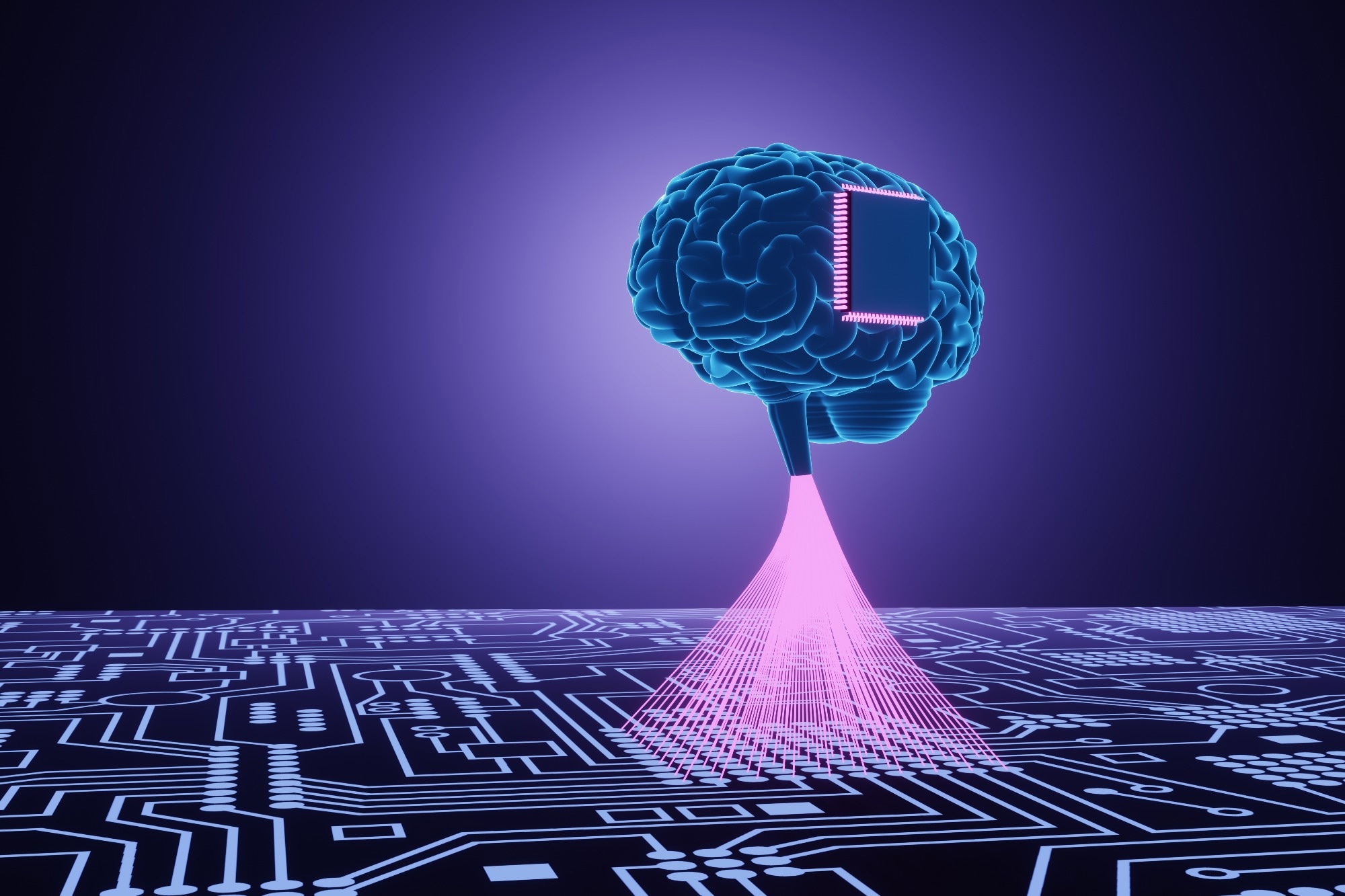
In a study published in the journal Nature Electronics , researchers in the United States of America developed an artificial intelligence (AI) hardware approach named “Brainoware” that employs adaptive reservoir computation of the brain organoid neural networks (ONNs). They found that the approach could…
Brainoware: Organoid Neural Networks Inspire Brain-AI Hardware
Credit: BlackJack3D / iStock / Getty Images Plus “The human brain has 100 billion neurons, each neuron connected to 10,000 other neurons. Sitting on your shoulders is the most complicated object in the known universe.” — Michio Kaku, PhD. Since most examples of brain-inspired…
Unlocking the secrets of the brain’s dopaminergic system
A new organoid model of the dopaminergic system sheds lights on its intricate functionality and potential implications for Parkinson’s disease. The model, developed by the group of Jürgen Knoblich at the Institute of Molecular Biotechnology (IMBA) of the Austrian Academy of Sciences, replicates the…
Unlocking the secrets of the brain’s dopaminergic system
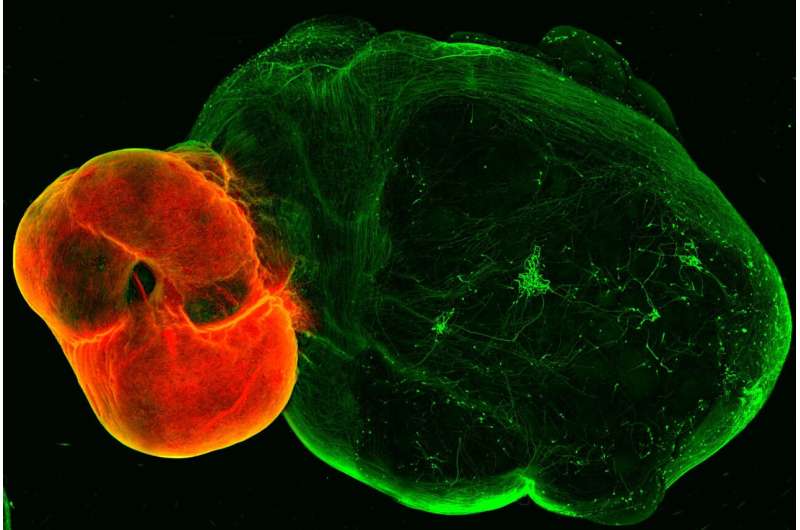
by IMBA- Institute of Molecular Biotechnology of the Austrian Academy of Sciences Dopaminergic neurons in the ventral midbrain (red) and ventral midbrain projections into striatal and cortical tissue (green). Credit: (c) Daniel Reumann/IMBA A new organoid model of the dopaminergic system sheds lights on…
Brain’s Reward Pathway Unlocked: Revealing the Secrets of the Dopaminergic System
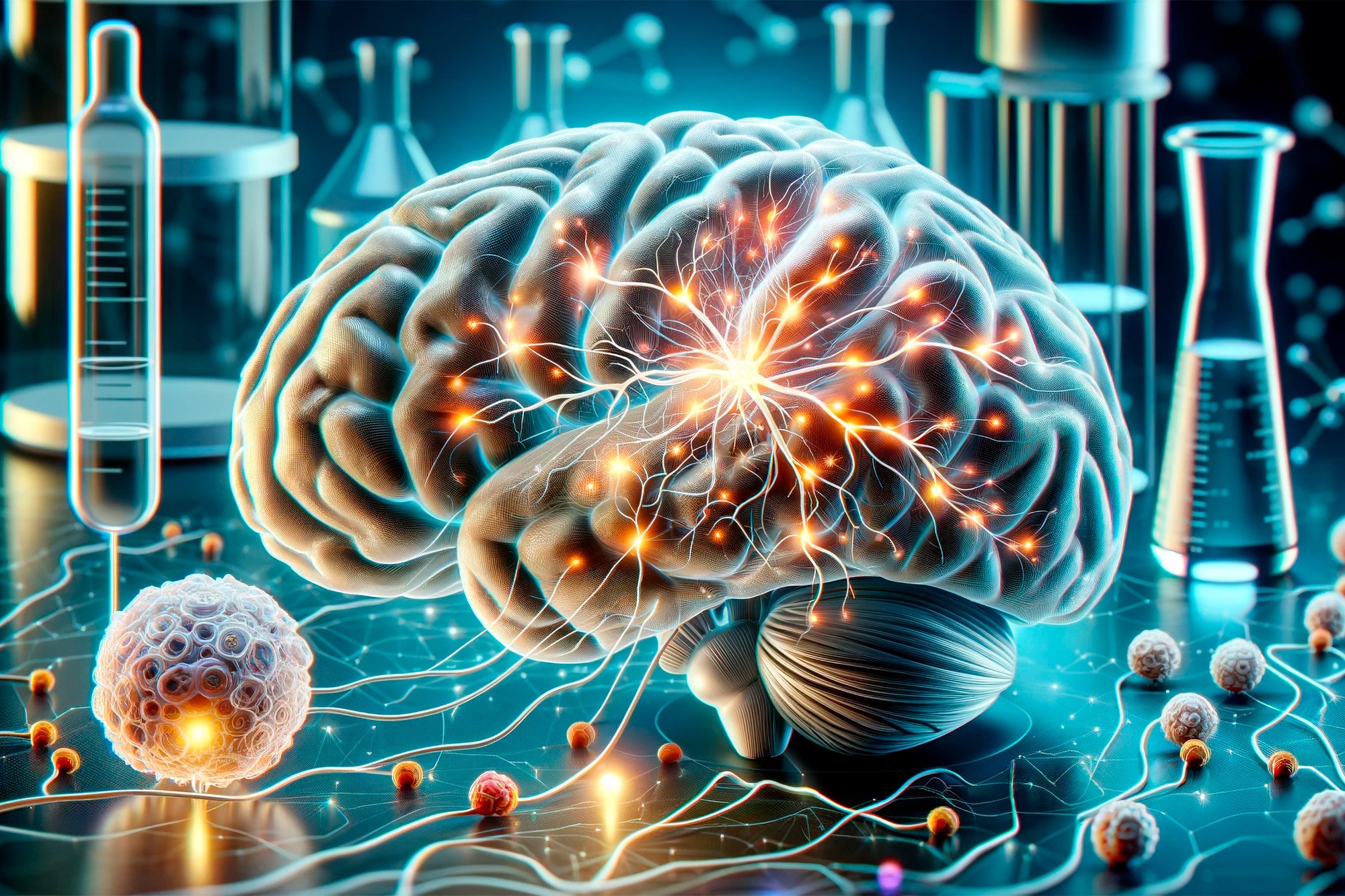
Scientists developed a revolutionary organoid model of the dopaminergic system, providing significant insights into Parkinson’s disease and the long-lasting effects of cocaine on the brain. This model is a promising tool for advancing Parkinson’s disease treatments and understanding the enduring impact of drug addiction….
Exercise Boosts Brain Power—Neuroscientists Don’t Know How
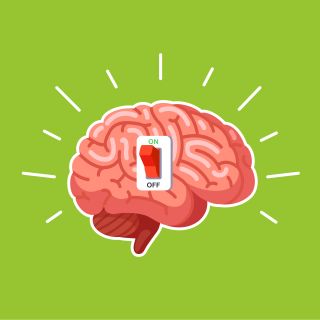
Key points Moderate-intensity aerobic exercise (cardio) increases prefrontal cortex oxygenation and boosts brain power. Even with an insufficient oxygen supply or acute hypoxia, doing cardio can improve cognitive performance. Increased cerebral blood flow alone may not explain why aerobic exercise improves executive function. Vitalii…
Hunger Games: How Gut Hormones Hijack the Brain’s Decision Desk
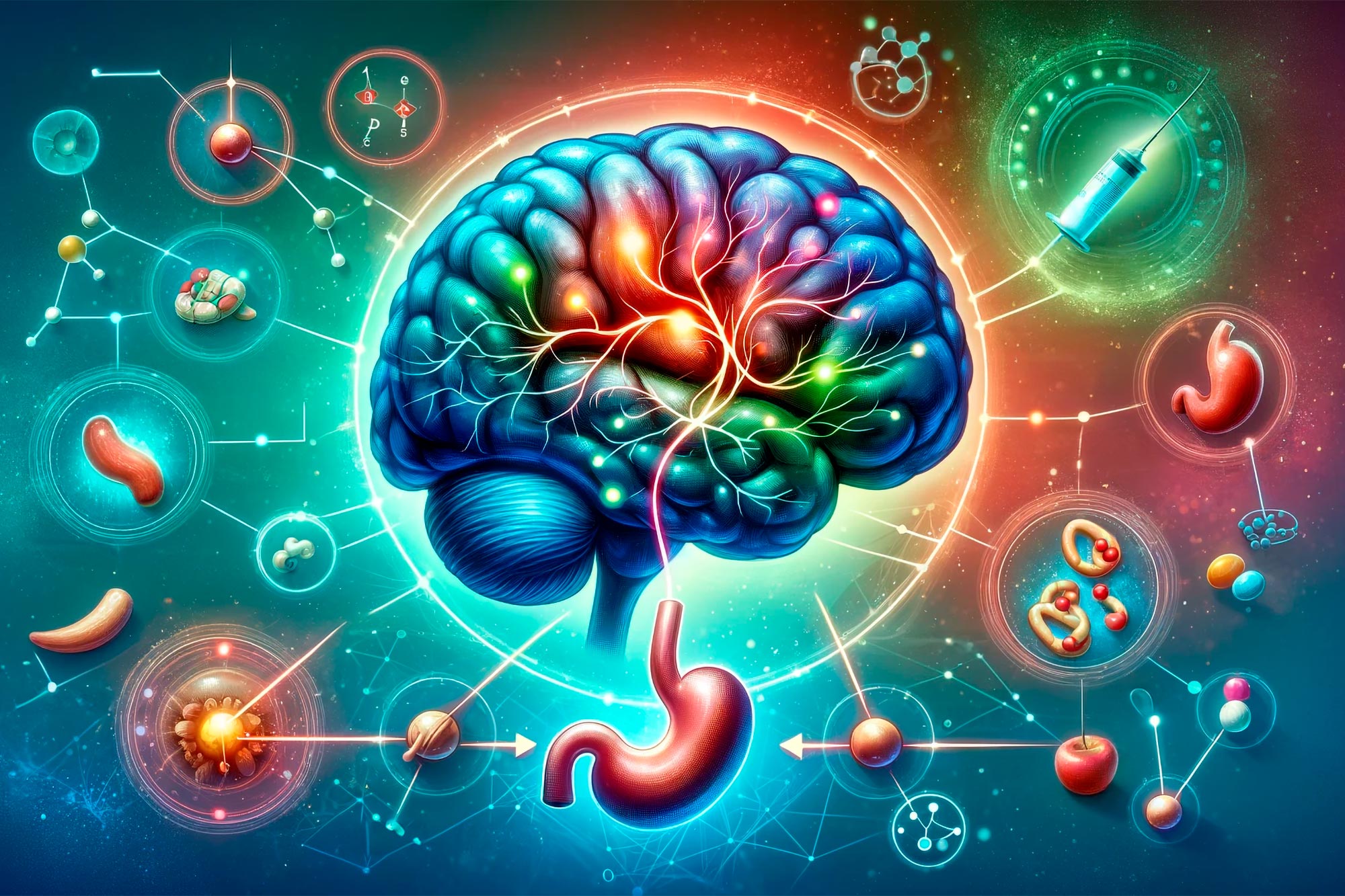
Scientists have discovered that a hunger hormone in the gut directly influences the brain’s hippocampus, affecting decision-making related to food. The study, conducted on mice, showed that hunger hormones modify brain activity to either inhibit or permit eating based on the animal’s hunger level….
Heartbeats and brain activity: Study provides insight into optimal windows for action and perception
(Photo credit: OpenAI’s DALL·E) A new study published in PLOS Biology suggests that our heartbeat plays a crucial role in determining our brain’s ability to perceive and react to the world around us. Researchers have discovered that during the 0.8 seconds of a heartbeat,…
Decoding anxiety: Study reveals brain’s role in behavioral inhibition risks

In a recent study published in the Proceedings of the National Academy of Sciences , a team of researchers in the United States used non-human primate anxious temperament models to investigate the molecular mechanisms and neural systems underlying behavioral inhibition in humans, which is…
Researchers pinpoint brain area where people who are blind recognize faces identified by sound
WASHINGTON – Using a specialized device that translates images into sound, Georgetown University Medical Center neuroscientists and colleagues showed that people who are blind recognized basic faces using the part of the brain known as the fusiform face area, a region that is crucial…
The Brain Isn’t as Adaptable as Some Neuroscientists Claim
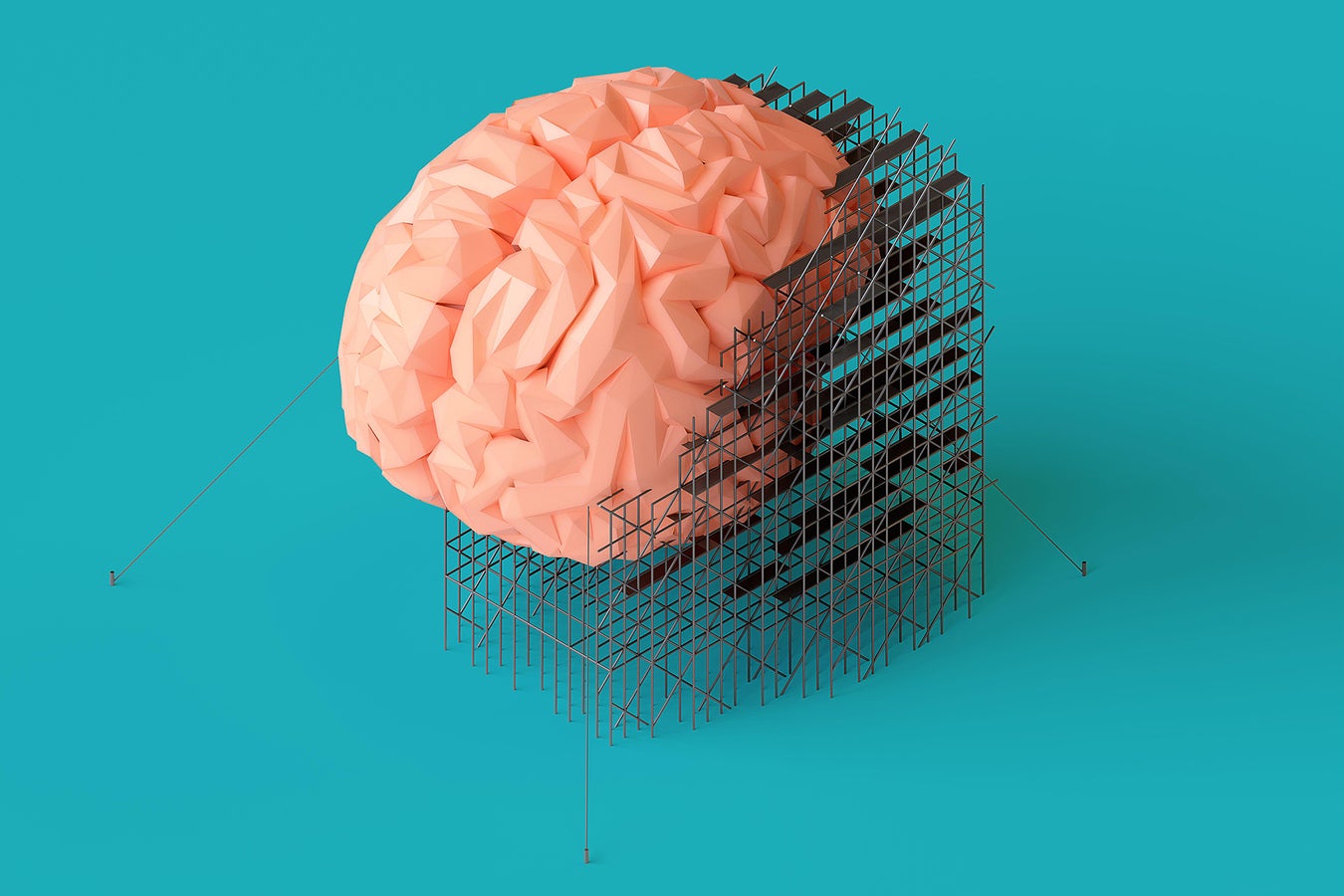
The idea of treating neurological disorders by marshaling vast unused neural reserves is more wishful thinking than reality By John Krakauer & Tamar Makin Credit: Artur Kamalov/Alamy Stock Photo The human brain’s ability to adapt and change, known as neuroplasticity, has long captivated both…
The Brain on Opioids: Metabolic Disruptions in Addiction

Source: Spixel/Shutterstock In recent years, the opioid epidemic has surged to alarming proportions, casting a shadow over communities worldwide. This crisis, fueled by an increase in the prescription of opioid medications and the illicit use of drugs like heroin, has led to a staggering…
How smartphone addiction affects brain function and mental health

ISRAELI NEWS LIVE: Steven Ben-Nun interviewed by Mike Adams on Zionism, Palestine and Israel’s escalation Advertisement Smartphone addiction has now become a global issue, thanks to the popularity of social media platforms and mobile games. While smartphones can make life easier in many ways,…
A small molecule blocks aversive memory formation, providing a potential treatment target for depression
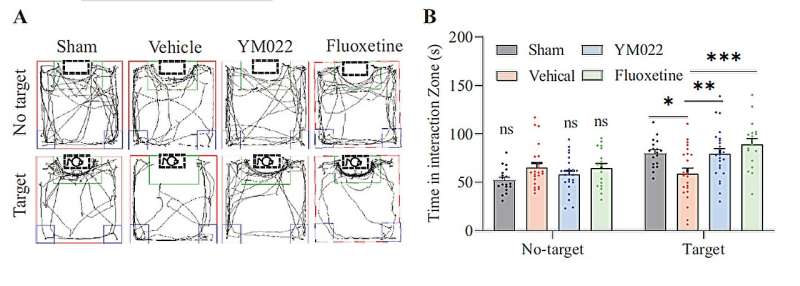
The YM022-treated mice (diagram A, second from right) spent significantly more time in the social interaction zone (framed with a green line) than the control group when the aggressive mouse was placed in the acrylic cage. The findings indicate that the treated mice exhibited…
Brain Pathway for Rapid Threat Response Found
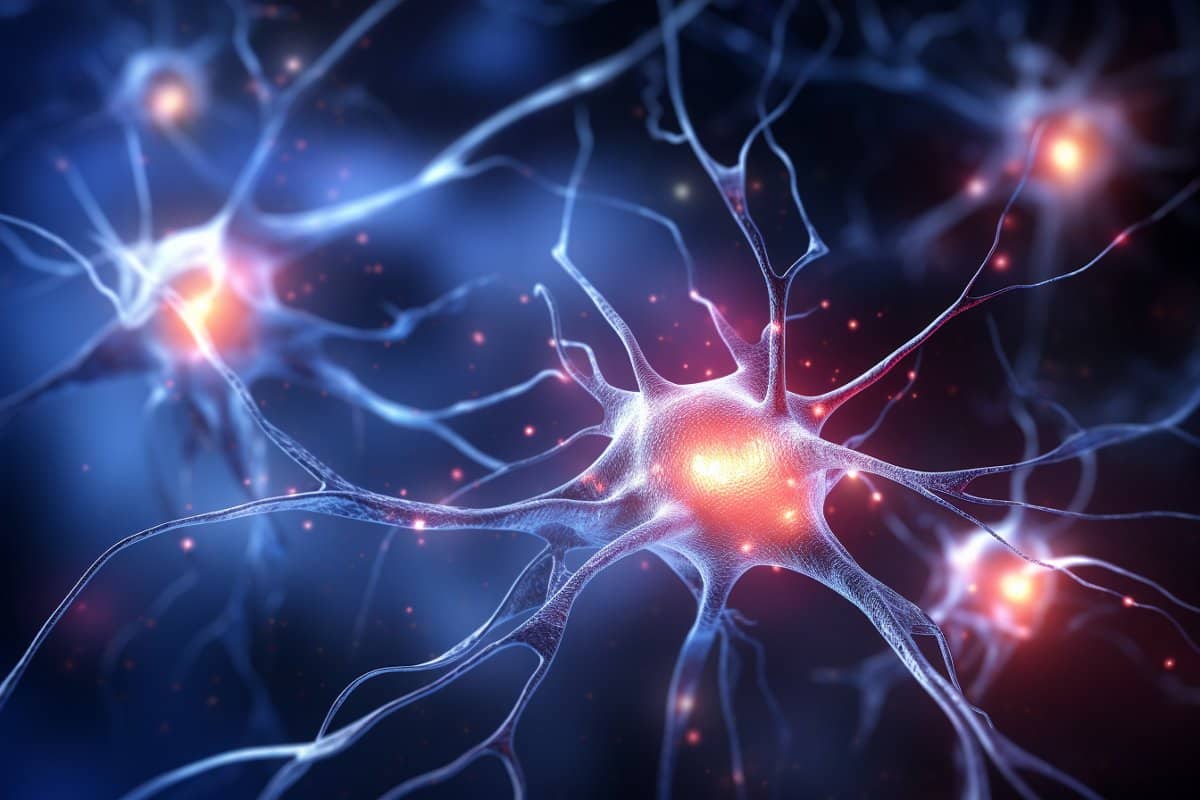
Summary: A new study identifies a brain pathway responsible for rapid-threat detection, inspired by the “boiling frog” metaphor. Fruit flies were used as a model to understand how animals respond to rapid environmental changes. The study reveals that flies exhibit escape behavior in response…
Can Electronic Brain Training Games Relieve “Brain Fog” from Long Covid?
Media Contact: Sophia Friesen Manager, Science Communications, University of Utah Health sophia.friesen@hsc.utah.edu A collection of cognitive symptoms referred to as “brain fog” occur in up to 10-30% of people who have been infected with the virus that causes COVID-19. But currently there are no…
Brain implant may enable communication from thoughts alone
A speech prosthetic developed by a collaborative team of Duke neuroscientists, neurosurgeons, and engineers can translate a person’s brain signals into what they’re trying to say. Appearing Nov. 6 in the journal Nature Communications , the new technology might one day help people unable…
